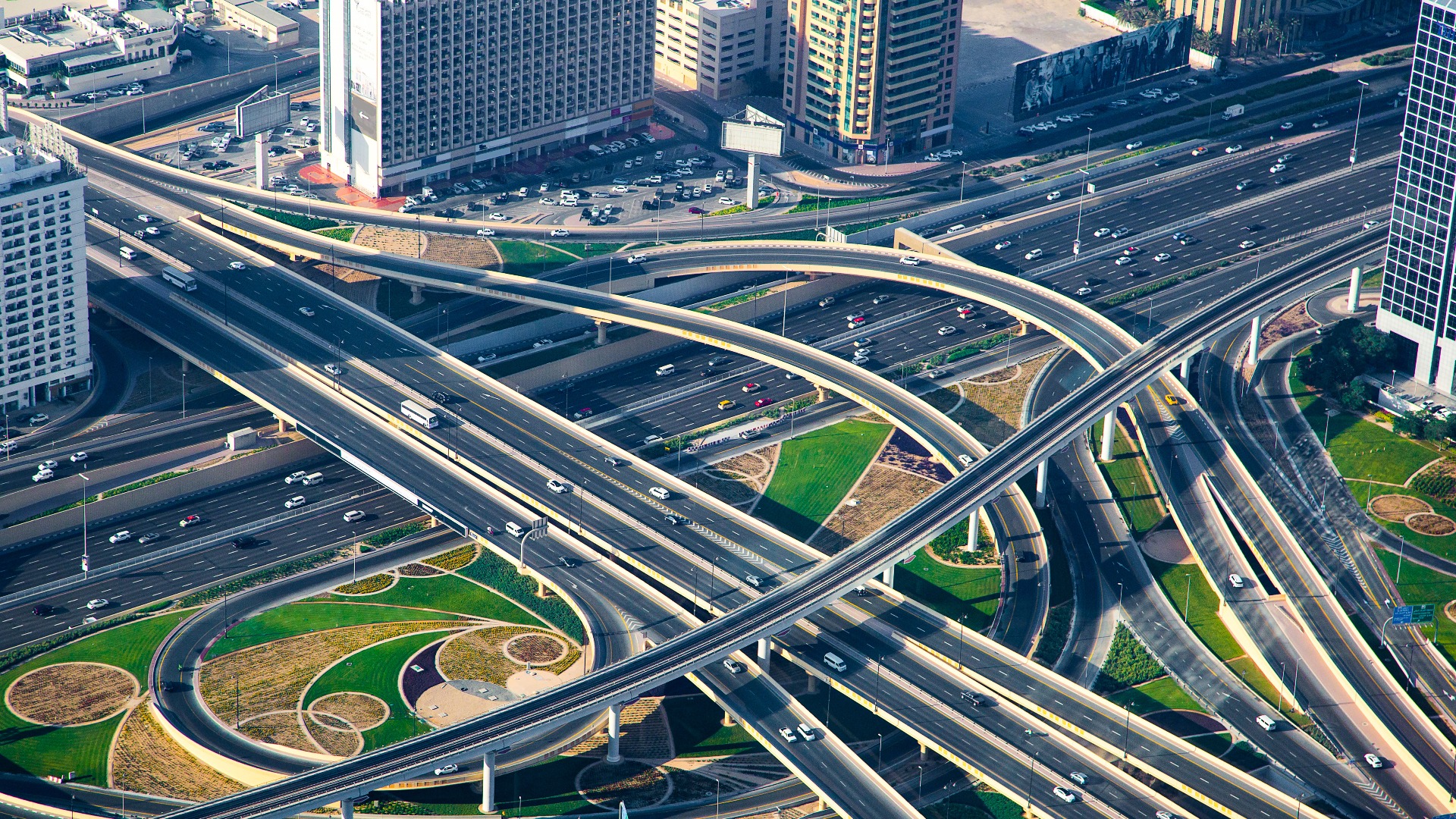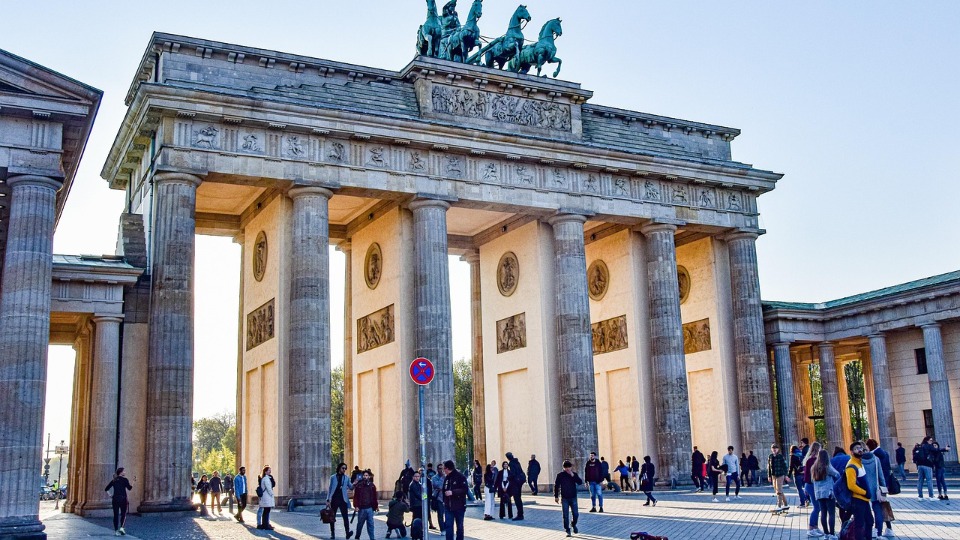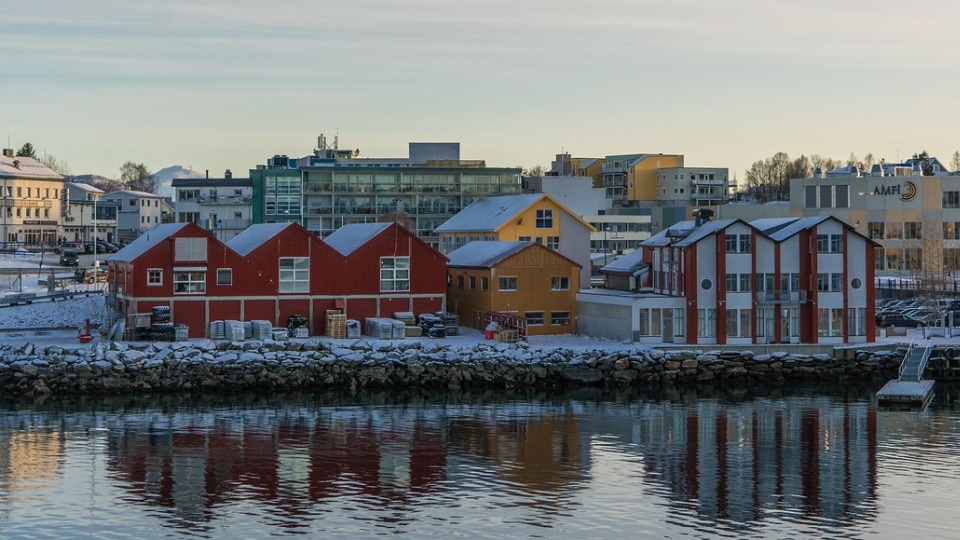
Full Coverage of Dubai Roads by RTA's Advanced Traffic Systems Targeted for 2026

Dubai is advancing once again, striking for a better future through brand new traffic systems that aim to wow the world.
The Roads & Transport Authority (RTA) has signified that their state-of-the-art Intelligent Traffic Systems (ITS), implemented since November 2020, has resulted in a 20 percent reduction in travel time and a remarkable 63 percent enhancement in incident monitoring. The RTA now envisions extending this system to encompass all roads in Dubai by the year 2026.
This momentous announcement transpired during a visit by Sheikh Hamdan bin Mohammed bin Rashid Al Maktoum, Crown Prince of Dubai and Chairman of Dubai Executive Council, to the ITS Centre located in Al Barsha. During his visit, Sheikh Hamdan was received by Mattar Al Tayer, Director-General and Chairman of the Board of Executive Directors of RTA, and other high-ranking officials. He was given insights into the cutting-edge technologies employed to alleviate traffic congestion in the Emirates and the ongoing development of new transport infrastructure.
Following the visit, Al Tayer remarked, “The centre currently monitors 60 per cent of the main road network in Dubai, and RTA aims to increase coverage to 100 per cent in 2026. Traffic signals and the traffic control system are now 100 per cent interlinked.”
The ITS Centre ranks among the world's largest and most advanced traffic control hubs, significantly enhancing Dubai's capacity to meet the demands arising from urban growth while elevating its global standing in intelligent traffic systems, aligning it with cities like Singapore and Seoul.
This center features an advanced traffic control system (iTraffic), fortified with Artificial Intelligence capabilities, extensive data analysis, and decision-making support tools, all geared towards streamlining traffic management. It ensures the seamless flow of traffic across Dubai, handles incidents and emergencies efficiently, monitors the functionality of operational systems, and promptly reports any malfunctions.
The center is intricately linked to an 820-kilometer fiber optic network, equipped with 425 traffic surveillance cameras (including those operated by the Dubai police), 235 incident-monitoring and vehicle counting devices, 115 travel time measurement devices, 112 electronic display signs, and 17 road weather information systems.
During his visit, Sheikh Hamdan also received information about the smart parking screening system for paid public parking, which currently covers 65,000 slots, constituting 34 percent of all paid parking spaces. Plans are in place to double the number of smart screening vehicles from nine to 18 by year-end, extending coverage to around 140,000 slots, encompassing 70 percent of total paid parking.
Among the RTA's road development endeavors are projects for the enhancement of Hessa Street and Umm Suqeim Street. Hessa Street, extending from its intersection with Sheikh Zayed Road to Al Khail Road, will undergo a 4.5-kilometer expansion to accommodate 16,000 vehicles per hour. Likewise, the Umm Suqeim Street Improvement Project, stretching from Al Khail Road to Sheikh Mohammed bin Zayed Road, will witness a 4.6-kilometer renovation, increasing its capacity to 16,000 vehicles per hour.
Furthermore, the Al Khaleej Street Improvement Project, spanning 3 kilometers from the Infinity Bridge ramp to Cairo Street, includes the construction of three underpasses totaling 1.65 kilometers, with an estimated capacity of approximately 12,000 vehicles per hour.
Notably, RTA's diligent efforts in elevating traffic safety standards have yielded significant results, with incident-related fatalities dropping from around 22 cases per 100,000 of the population in 2006 to a mere 1.9 cases in 2022. This remarkable improvement positions Dubai alongside some of the safest global cities, comparable to urban centers in Sweden, Norway, and Japan.
Furthermore, Sheikh Hamdan, an enthusiastic cyclist, reviewed the master plan for expanding cycling tracks until 2026. By 2026, the cycling network will expand from its current 544 kilometers to an impressive 819 kilometers. Of particular interest is the upcoming cycling track as part of the Hessa Street Improvement Project. This 13.5-kilometer-long track, boasting a width of 5.5 meters, will feature a dedicated 2.5-meter-wide track for bicycles and scooters, along with a 2-meter-wide path for pedestrians. It will connect Al Sufouh and Jumeirah to Dubai Hills via Hessa Street, serving residential communities like Al Barsha and Barsha Heights.
This track will also play a vital role in enhancing first and last-mile transportation, connecting with the Dubai Internet City Metro Station and nearby commercial areas. Notably, it includes two specially designed bridges—one over Sheikh Zayed Road and another over Al Khail Road. These bridges are five meters wide and incorporate tracks for e-scooters and cyclists measuring three meters across, as well as pedestrian paths spanning two meters in width.
Source: arabianbusiness.com








